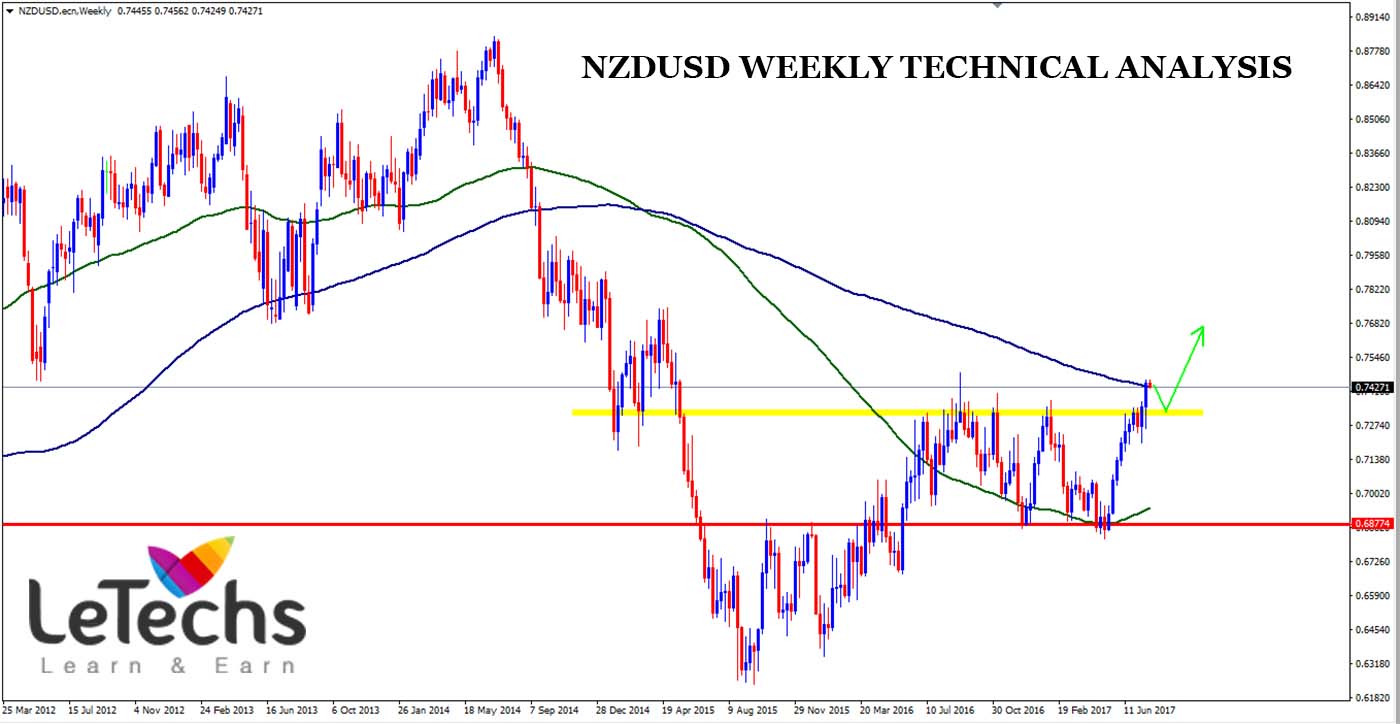02
Mar
United States Government Budget
The U.S (United States) recorded a Government Budget deficit equal to 2.50 % of the country's GDP in the fiscal year 2015. It is the lowest budget deficit in 7 years. Government Budget in the U.S averaged -3.02 % of Gross Domestic Product from 1948 until 2015, reaching an all-time high percentage of 4.60 % of Gross Domestic Product in 1948 and a record low percentage of -12.10 % of Gross Domestic Product in 2009
Government Budget is an itemized accounting of the payments made by the government (purchases and transfer payments) and the payments received by government (taxes and other fees). A budget deficit occurs when a government spends more money than it takes in. The opposite of a budget deficit is a budget surplus.
United States Government Revenues
Government Revenues in the U.S decreased to 313579 Million USD in January from 349631 Million USD in December of 2015. Government Revenues in the U.S averaged 136213.93 Million USD from 1980 until 2016, reaching an all-time high revenue of 471801 Million USD in April of 2015 and a record low revenues of 33111 Million USD in March of 1980.
Government Revenues refer to all receipts the government gets, revenue from state-owned enterprises, including taxes, foreign aid, customs duties and capital revenues. Government Revenues are part of government budget balance calculation.
United States Natural Gas Stocks Change
Natural Gas Stocks Change in the U.S averaged 0.24 Billion Cubic foot (cf) from 1994 until 2016, reaching all-time high stocks of 147 Billion Cubic foot (cf) in July of 2003 and record low stocks of -287 Billion Cubic foot (cf) in January of 2014.
United States Crude Oil Stocks Change
Stocks of gasoline declined for the first time in three months, down by 2.236 million barrels, and compared to market expectations of a 1 million drop. Crude Oil Stocks Change in the U.S averaged 0.09 BBL/1Million from 1982 until 2016, reaching all-time high stocks of 12.49 BBL/1Million in April of 1985 and record stocks low of -15.22 BBL/1Million in January of 1999.
United States Car Production
Car Production in the U.S increased to 4.02 Million Units in January from 3.95 Million Units in December of 2015. Car Production in the U.S averaged 6.14 Million Units from 1967 until 2016, reaching an all-time high production of 9.92 Million Units in April of 1978 and a record low production of 1.29 Million Units in January of 2009.
United States car Registration
Car Registrations in the USA increased to 568.70 Thousand in December from 539.10 Thousand in November of 2015. Car Registrations in the USA averaged 707.20 Thousand from 1975 until 2015, reaching an all-time high registration of 1149 Thousand in September of 1986 and a record low registration of 331.50 Thousand in January of 2009.
United States Corruption Index
The U.S scored 76 points out of 100 on the 2015 Corruption Perceptions Index reported by Transparency International. Corruption Index in the U.S averaged 74.70 Points from 1995 until 2015, reaching an all-time high index of 78 Points in 2000 and a record low index of 71 Points in 2010.
The Corruption Perceptions Index ranks countries and territories based on how corrupt their public sector is perceived to be. A country or territory’s score indicates the perceived level of public sector corruption on a scale of 0 (highly corrupt) to 100 (very clean).
United States Corruption Rank
The U.S is the 16 least corrupt nations out of 175 countries, according to the 2015 Corruption Perceptions Index reported by Transparency International. Corruption Rank in the U.S averaged 17.76 from 1995 until 2015, reaching an all-time worst rank of 24 in 2011 and a record best rank of 14 in 2000.
The Corruption Perceptions Index ranks countries and territories based on how corrupt their public sector is perceived to be. A country or territory's rank indicates its position relative to the other countries and territories in the index.
United States Competitiveness Rank
The U.S is the 3rd most competitive nation in the world out of 144 countries ranked in the 2015-2016 edition of the Global Competitiveness Report published by the World Economic Forum. Competitiveness Rank in the U.S averaged 3.20 from 2007 until 2016, reaching an all time worst competitive rank of 7 in 2013 and a record most competitive rank of 1 in 2008.
United States Consumer Sentiment
The final University of Michigan's consumer sentiment for the U.S came in at 91.7 in February of 2016, down from 92 in the previous month but better than a preliminary estimate of 90.7. Both current and future expectations decreased and the 5 to 10 years inflation outlook eased. Consumer Confidence in the U.S averaged 85.81 from 1952 until 2015, reaching an all time best sentiment of 111.40 in January of 2000 and a record worst sentiment of 51.70 in May of 1980.
The Index of Consumer Expectations focuses on three areas: their view of prospects for the economy over the long term, how consumers view prospects for their own financial situation and how they view prospects for the general economy over the near term. Each monthly survey contains approximately 50 core questions, each of which tracks a different aspect of consumer attitudes and expectations. The samples for the Surveys of Consumers are statistically designed to be representative of all American households, excluding those in Alaska and Hawaii. Each month, a minimum of 500 interviews are conducted by telephone.
United States Personal Income
Personal income in the U.S increased 0.50 % in January of 2016 over the previous month following a 0.3 % growth in the previous month and beating market expectations of 0.4 %, mainly due to an increase of 0.6 % in wages and salaries. Personal Income in the United States averaged 0.54 % from 1959 until 2016, reaching an all-time high income of 3.80 % in December of 1992 and a record low income of -5.10 % in January of 2013.
Personal Income refers to the income that persons receive in return for their provision of labor, land, and capital used in current production, plus current transfer receipts fewer contributions for government social insurance.
United States Personal Savings Rate
Household Saving Rate in the U.S remained unchanged at 5.50 % in December from 5.50 % in November of 2015. Personal Savings in the U.S averaged 8.36 % from 1959 until 2015, reaching an all-time high saving rate of 17 % in May of 1975 and a record low saving rate of 1.90 % in July of 2005.
Personal Saving Rate corresponds to the ratio of personal income saved to personal net disposable income during a certain period of time.
United States Corporate Tax Rate
The Corporate Tax Rate in the U.S stands at 39 %. Corporate Tax Rate in the U.S averaged 39.23 % from 2000 until 2015, reaching an all time high tax rate of 39.30 % in 2001 and a record low tax rate of 39 % in 2015.
The Corporate Income tax rate is a tax collected from companies. Its amount is based on the net income companies obtain while exercising their business activity, normally during one business year. The benchmark we use refers to the highest rate for Corporate Income. Revenues from the Corporate Tax Rate are an important source of income for the government of the U.S.
United States Personal Income Tax Rate
The Personal Income Tax Rate in the U.S stands at 39.60 %. Personal Income Tax Rate in the U.S averaged 36.15 % from 2004 until 2015, reaching an all time high tax rate of 39.60 % in 2013 and a record low tax rate of 35 % in 2005.
The Personal Income Tax Rate refers to the Top Marginal Federal Tax Rate applied on taxable income over 406,751 USD for a single filer. The individuals may be also subjected to additional state taxes. Revenues from the Personal Income Tax Rate are an important source of income for the government of the U.S.
United States Sales Tax Rate
The Sales Tax Rate in the United States stands at 0 %.





























